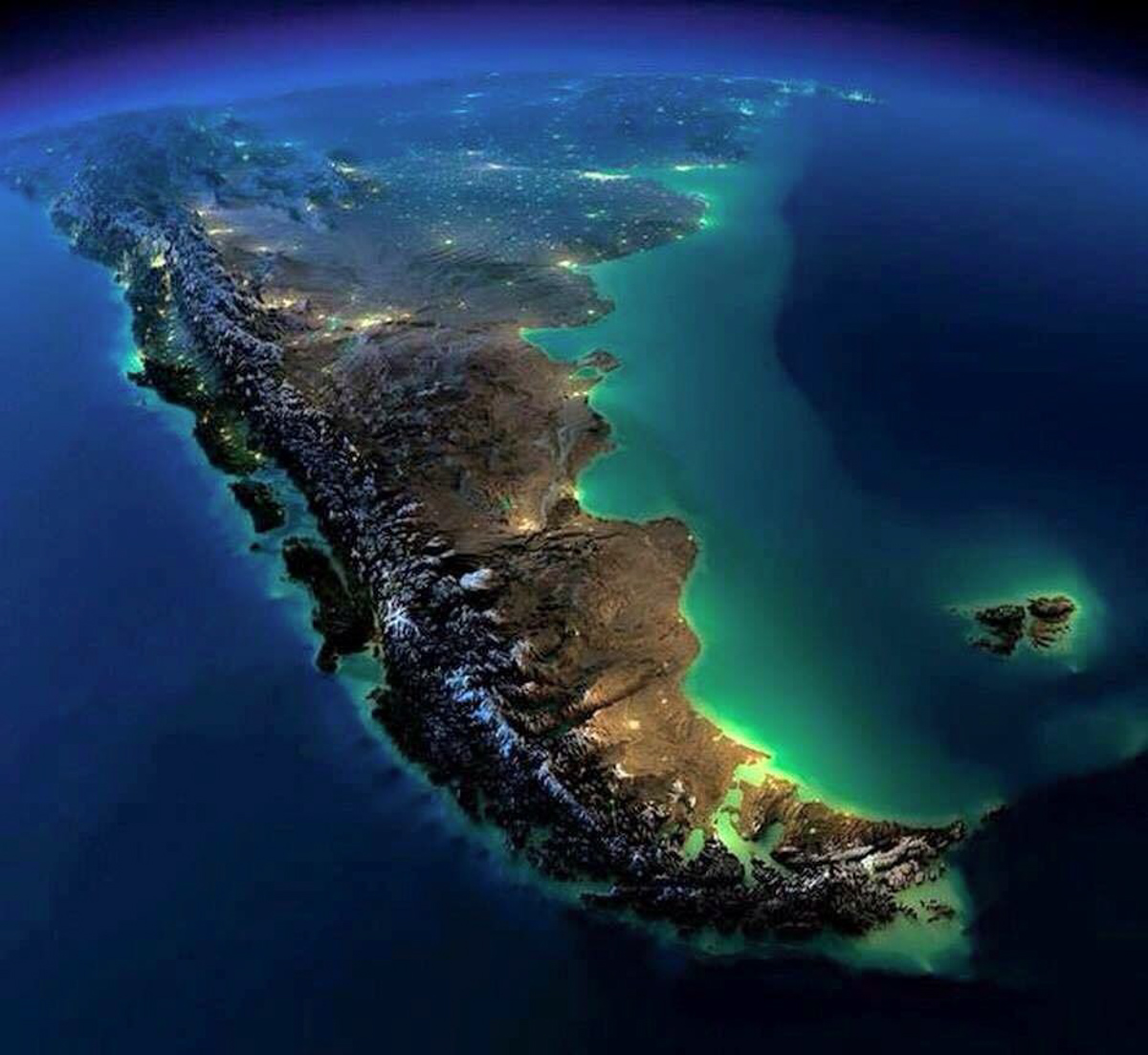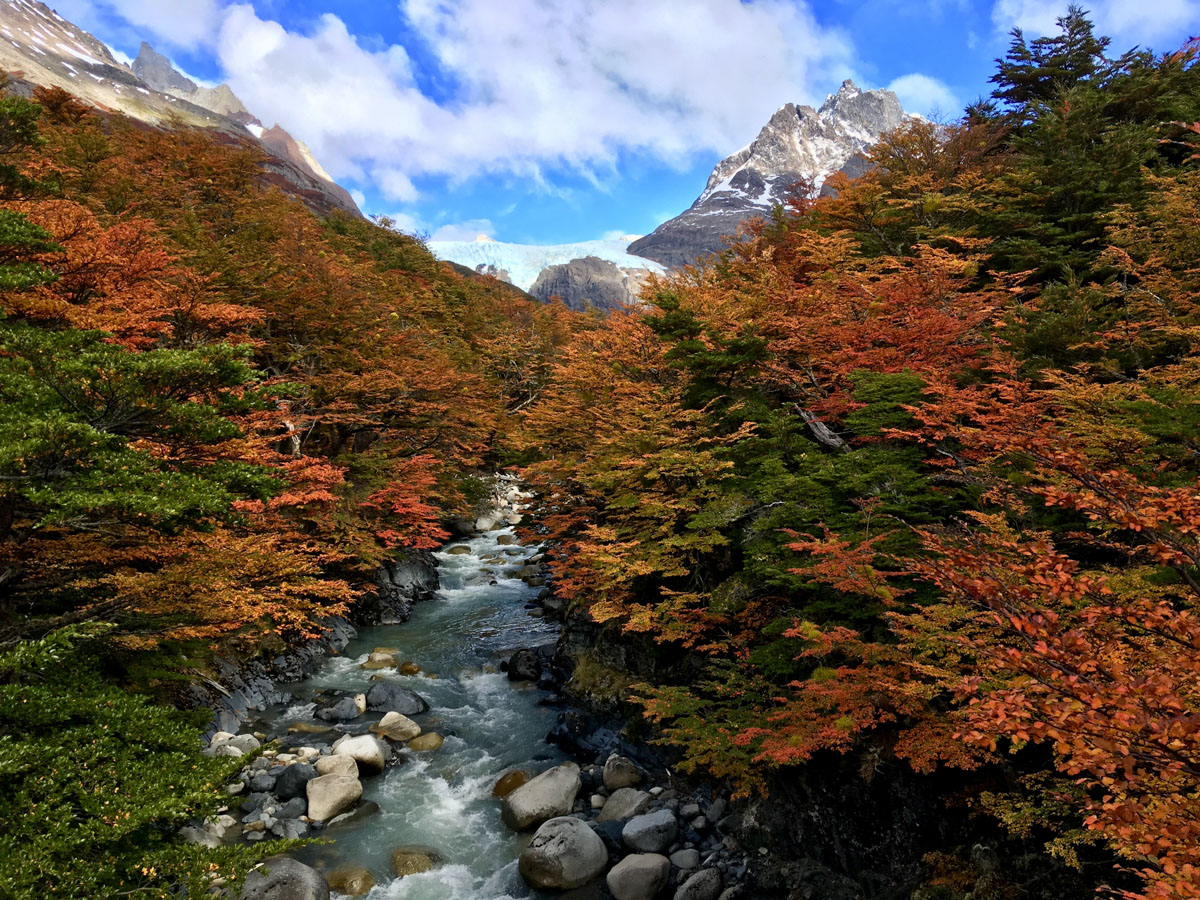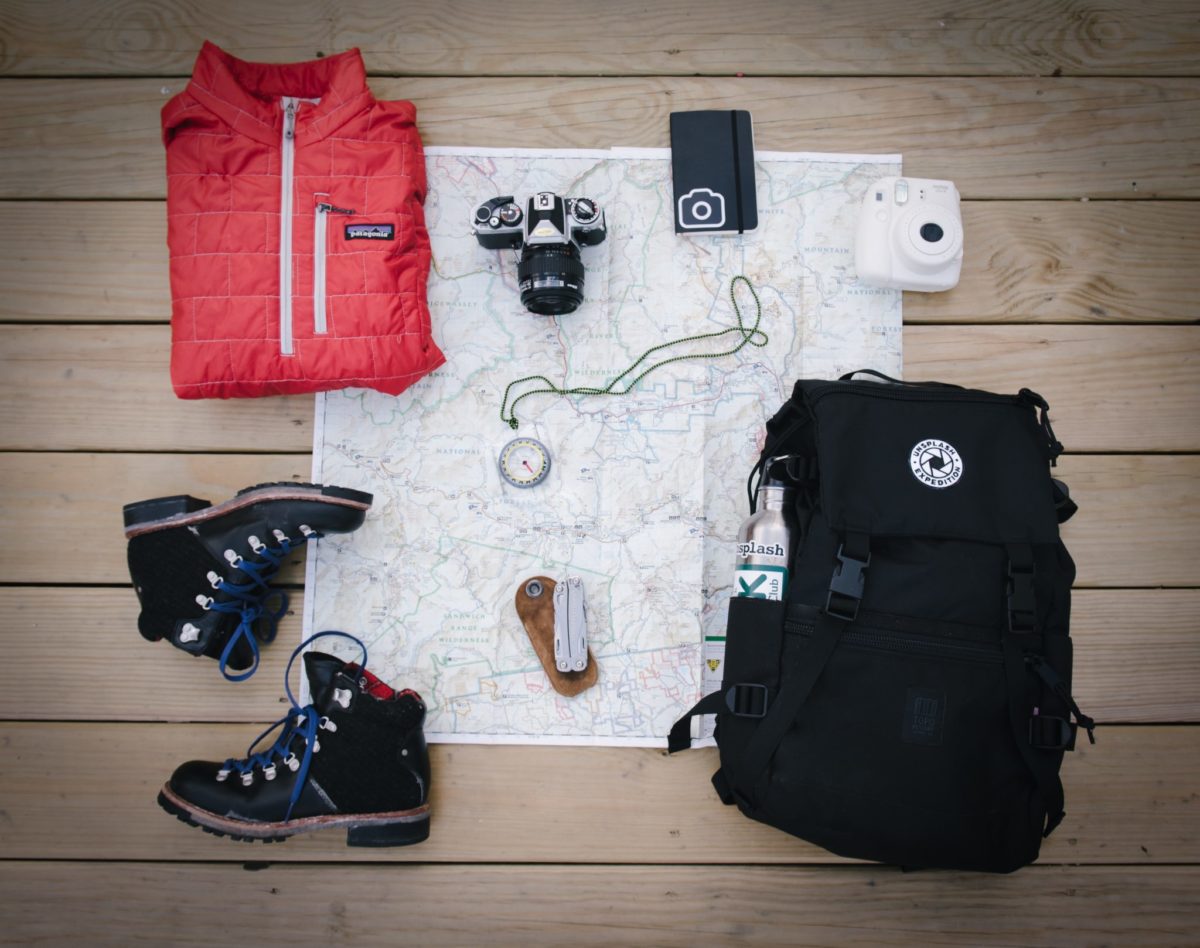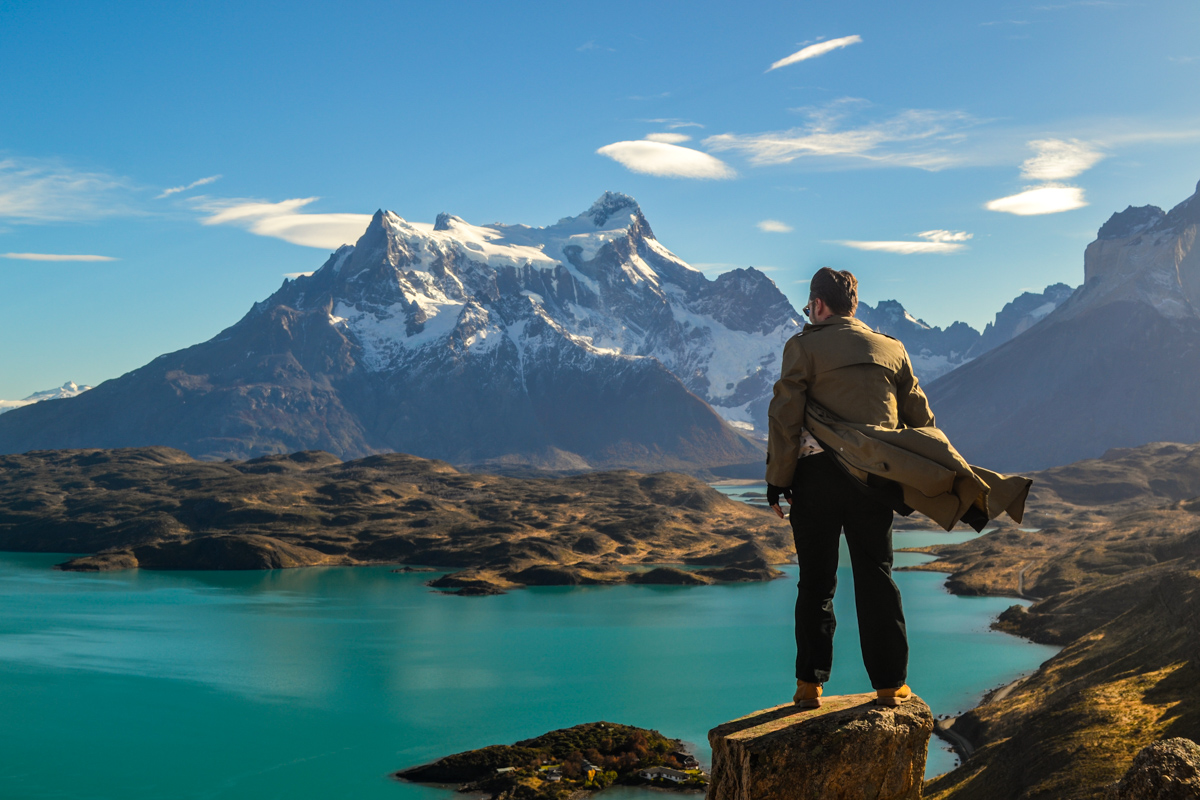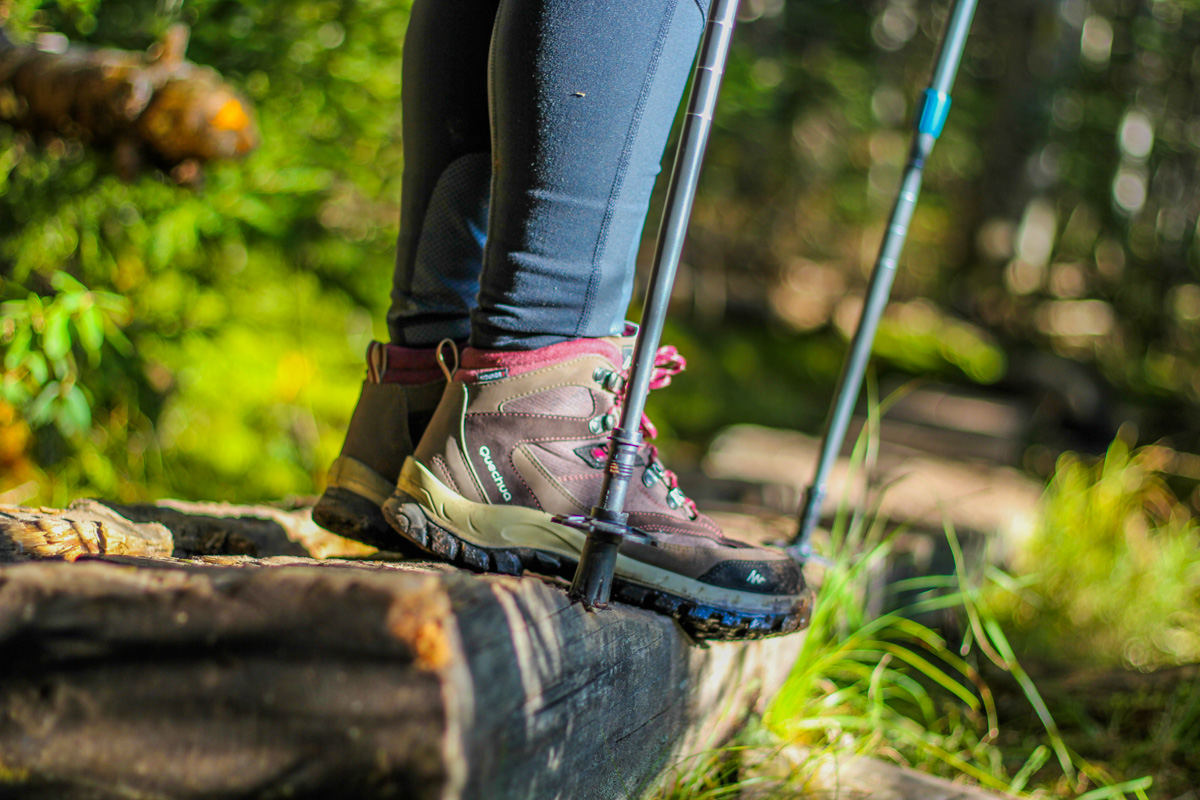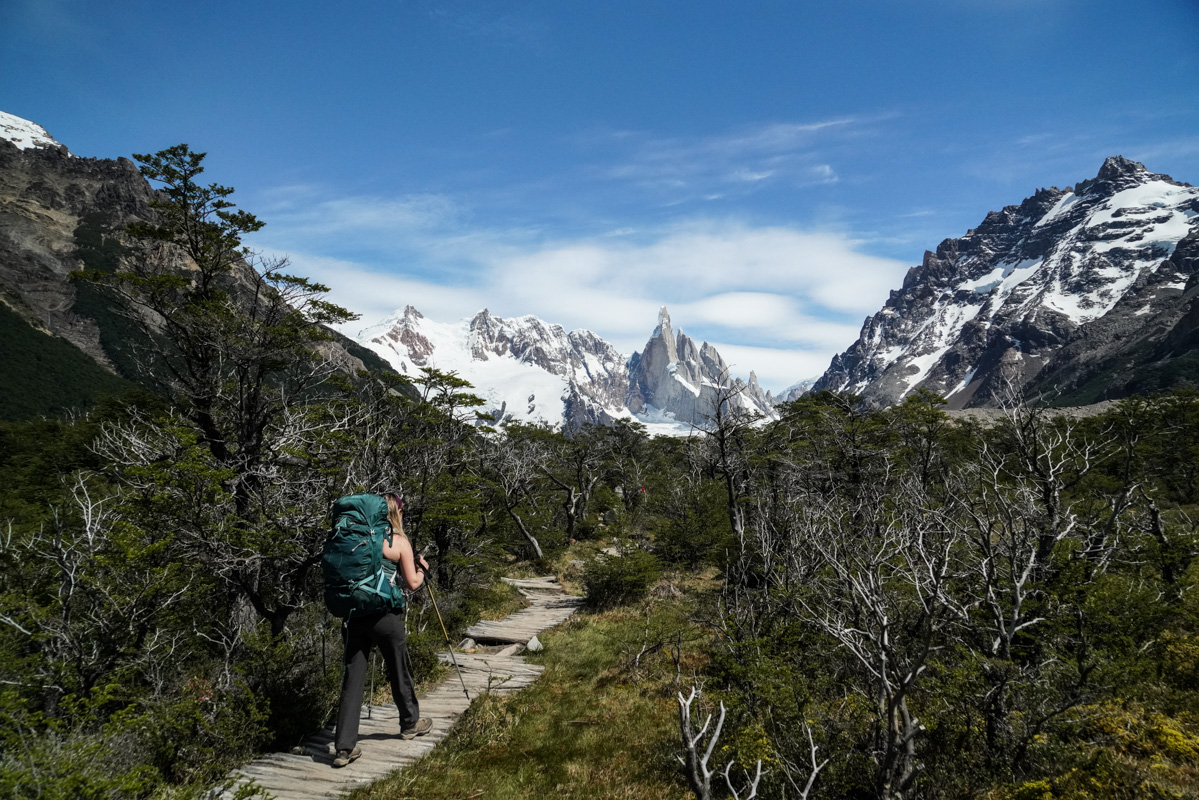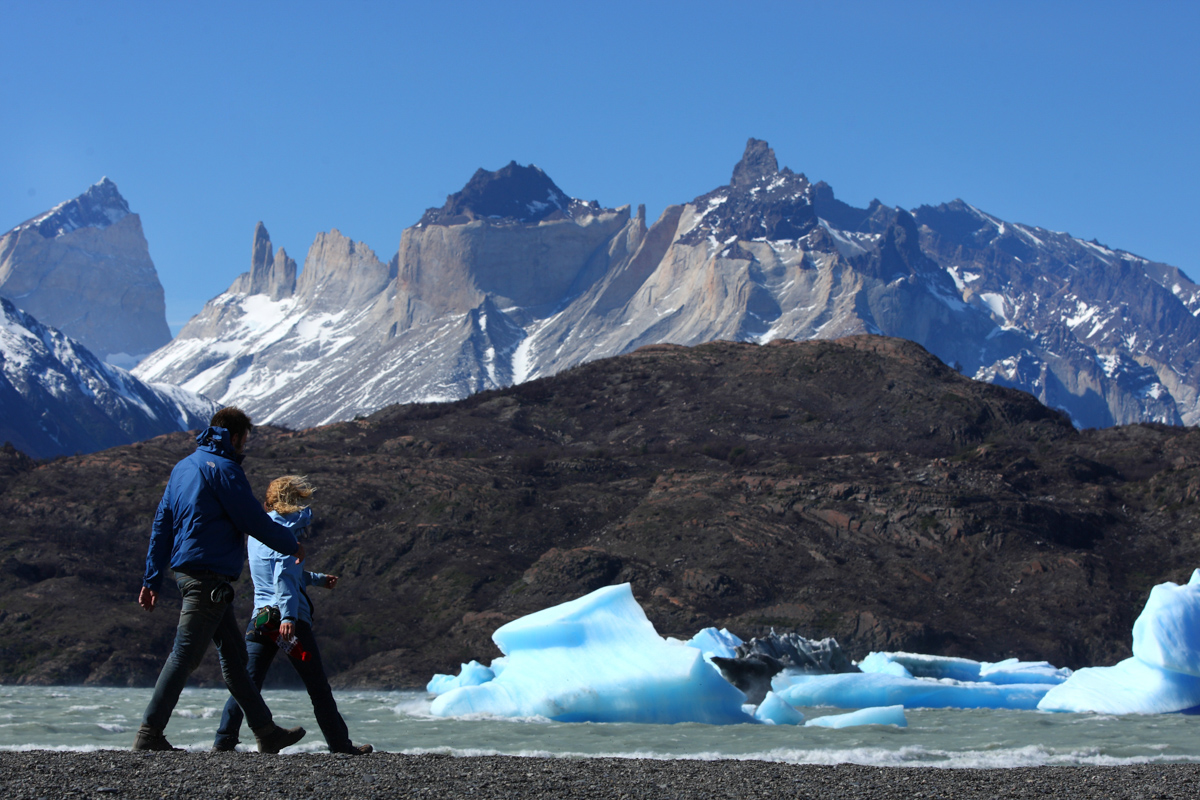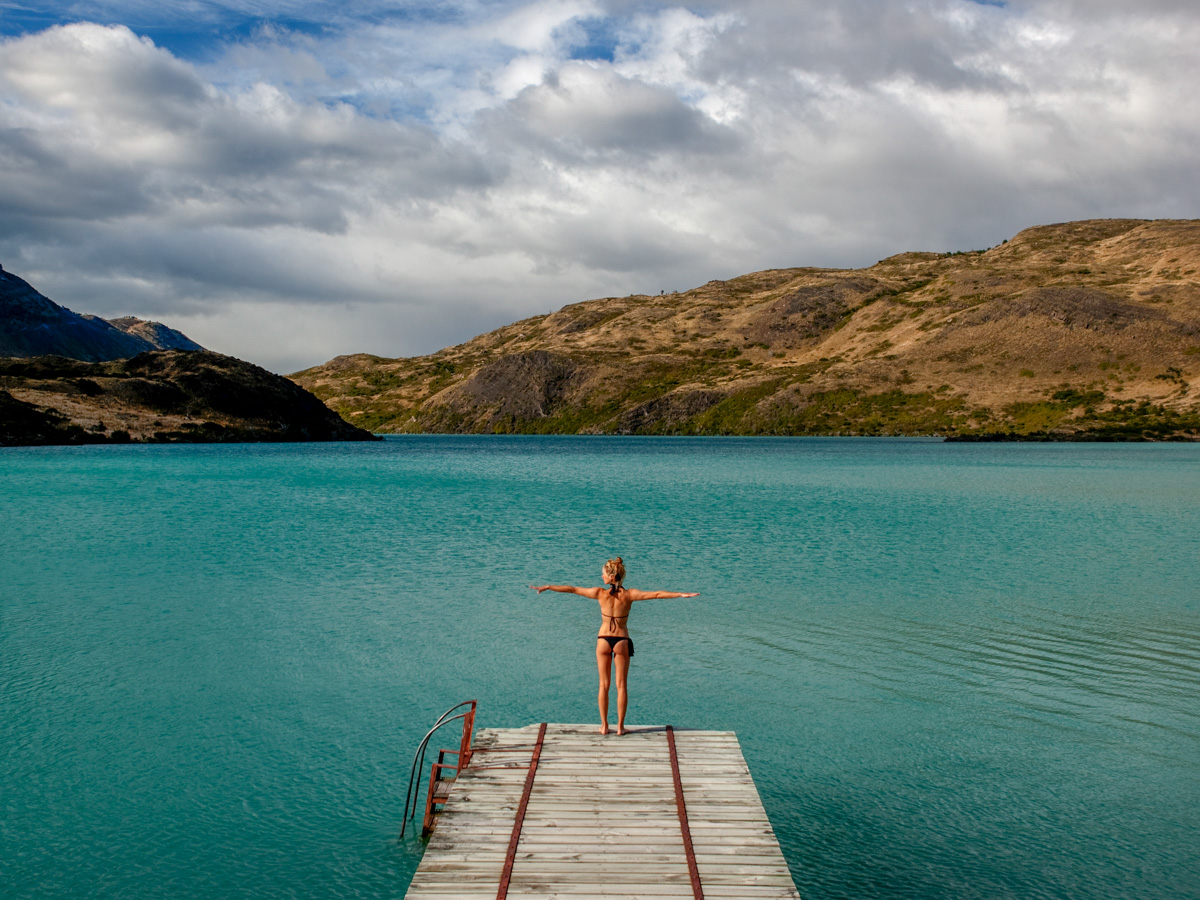Remote and desolate, Patagonia doesn’t exactly strike one as a foodie destination. But think again: those vast plains and wild waters actually hide a wealth of flavorful treasures just waiting to be discovered. And as more and more visitors are heading to the region, new restaurants are popping up all over, either serving classic recipes that have been a part of the local culture for generations or creating something new from the unique ingredients the land provides. Either way, rising restaurants, distillers, and brewers are all eager to introduce travelers to the tastes of Patagonia. Here are the best places to eat and drink around Patagonia!
El Calafate, Argentina
La Tablita – The oldest and arguably greatest of El Calafate’s parrilla steak houses, a meal here is sure to satisfy any red-blooded red meat lovers. From classic cuts to sweetbreads to the quintessential Patagonian lamb, it’s a meaty bonanza, chased with giant glasses of some of Argentina’s best red wines.
Mi Rancho – This charming, family-run restaurant that specializes in feel-good meals like huge servings of locally-caught trout, hearty pastas, and rich risottos is so popular that it’s strongly recommended you get a reservation in advance. The cozy dining room of exposed brick and warm wood and the always efficient and friendly waiters make dining here the perfect end to a long day of hiking in nearby Los Glaciares.
GlacioBar – You came to Patagonia to see glaciers, but betcha didn’t think you’d end up drinking inside one! Ok, not really, but in this ice bar, all the walls and ice features are made from glacial ice, so technically, you’re inside a glacier! Housed underneath Glaciarium, an interactive center where guests can learn more about the history and science of Argentine Patagonia’s many glaciers, here you can bundle up and enjoy cocktails and drinks served in glasses carved from ice.
La Lechuza – For post-hike pizzas and local treats, there’s no place better than La Lechuza. Serving huge pizzas heaped high with toppings, the place is always busy, making it a great place to gab with locals or fellow travelers. They’re also well known for their empanadas, served either fried or oven-baked style. Pair it with a local craft beer and you’re good to go!
Pura Vida – Locals and visitors alike both swear by this quaint eatery. Making everything from empanadas to stews, they’re especially famous for their incredibly tasty and filling chicken pot pies and their lamb stew. For vegetarians struggling to find a good meal in a meat-centric country, they also have an extensive and equally delicious vegetarian menu.
Chopen Brewery – This brewpub and microbrewery is a great place to go with all your new friends you’ve made on the trails, as their stand-out dishes are shareable platters; their most popular one is a mix of local smoked meat and various cheeses. Samples of their various beers are offered upon arrival, which include an IPA, Scotch Ale, Pilsen, and Porter. All are good and thirst-quenching after a long hike.
El Chalten, Argentina
Techado Negro – This quirky, ramshackle diner, covered with corrugated iron on the outside and with brightly painted walls on the inside, may not look like one of El Chalten’s best restaurants at first glance, but looks are deceiving. Their menu is composed of Argentine and South American classics like stews, steak, and empanadas, and their wine menu is nicely selected to pair well with the dishes. Come for the food, but definitely stay for the fun, convivial atmosphere.
El Chalten Brewery – Bring on the beer! El Chalten is a small town but of course they have their own local craft brewery. Popular opinion says to try the Pilsen. To pair with their tasty homebrews, the menu consists of yummy pub grub like sandwiches, pizzas, and stews. They also have a lovely beer garden for those rare, sunny days when you can sit outside with a cold beer and soak up the sunshine and the views of Mount Fitz Roy, which looms over the town.
La Tapera – Housed in a rustic log cabin that on cold days is heated by a central wood-burning fireplace, this local favorite is all about the comfort food. Giant bowls of hearty stew are the menu highlights, as well as huge empanadas, steaks, and other feel-good foods. Meals are also accompanied by fresh, homebaked bread that will make you never want to eat store-bought again.
Maffia – Pasta, pasta, and more pasta. That’s what you’ll find at this Argentine-style trattoria, which serves fresh, homemade pasta dishes like sorrentino raviolis stuffed with rich, delectable fillings like trout, meat, or sauteed veggies and covered with your choice of sauce. And, as it’s an Italian-Argentine restaurant, plenty of red wine goes with the meal!
Puerto Natales
Santolla – Specializing in dishes made with the mighty centolla crab, which is fished from nearby fjords, Santolla manages to feel both homey and fancy at once. Housed in upcycled and renovated shipping containers, start the meal with a Calafate Sour (a local twist on pisco sours but made with Calafate berries) before diving into their menu options. The chupe de centolla – a crab casserole made with huge chunks of tender meat, cheese, and bread – is a guaranteed winner, or go big and order a whole cooked king crab to break into.
Baguales Brewery and Restaurant – Not in the mood for pizza but still want some good, old-fashioned grub with a cold, refreshing beer? Sitting catty-corner to Mesita Grande on the other side of the square, Baguales is all about non-fussy, filling bar food, from delicious burgers to wings to quesadillas. And definitely indulge in a draught or two of their beer: made in their own microbrewery at the back of the restaurant, their award-winning brews include a Pale Ale, Brown Porter, Imperial Stout, and experimental varieties like an herbal ale made with mate, a popular herbal drink in Patagonia.
Mesita Grande – It’s not a backpacker town without a good pizza joint, which trail-weary hikers returning to Puerto Natales will find in Mesita Grande. Located on the corner of the main square, this airy and warm pizzeria encourages its patrons to get to know their fellow diners by seating them at communal dining tables. Baked in a wood-fired oven, their giant and scrumptious pizzas range from classics like plain cheese to regional specialties like the Mesita Grande, topped with cuts of Patagonian lamb, or the Pacifica, topped with smoked salmon. Wash it all down with Calafate sours, local craft beers, or Chilean wine.
Last Hope Distillery – Looking for a late night drink? Head to this hip bar and tasting room where, since 2017, owners Kiera Shiels and Matt Oberg have been making authentic Patagonian gin and whiskey using regional ingredients taken from the surrounding countryside. Named after Last Hope Sound, Last Hope Distillery is also the southernmost distillery in the world. Their whiskey is still aging but their two gins are ready to go: a standard London Dry and a Calafate Gin, flavored with Calafate berries. Floral and smooth, they go great on their own or mixed, and the bartenders serve what have to be some of the most creative cocktails at the bottom of the world. They also offer gin and whiskey from around the world, and can even do flights.
Aldea – The companion restaurant to the popular Amerindia Hostel across the street, Aldea is all about introducing visitors to Patagonia’s rich flavors, prepared in authentic ways and elegantly plated. While they have excellent veggie options, where they really shine are their meat dishes, like leg of hare or Patagonian lamb. They also have arguably the best-curated wine menu in Puerto Natales, so splurge for an accompanying bottle.
The Singular Restaurant and El Asador – From the waterside promenade, you’ve likely seen a large cluster of redbrick buildings on the far side of the water. That’s The Singular Patagonia, one of Patagonia’s most luxurious hotels. But even if you’re not staying there, pay a visit to a) be amazed by the architecture of the hotel, which is comprised of a repurposed former cold storage plant, and b) to reserve a meal at their signature restaurant, where Patagonian classics get reimagined with European flair.
Everyone who eats here leaves raving, so treat yourself. Or, if you’re a voracious carnivore and want even more asado meat, try their speciality grill, El Asador, where prime cuts of local meat are flame-grilled to perfection alongside other Chilean classics like empanadas. Everything gets washed down with red wine or fantastic cocktails.









